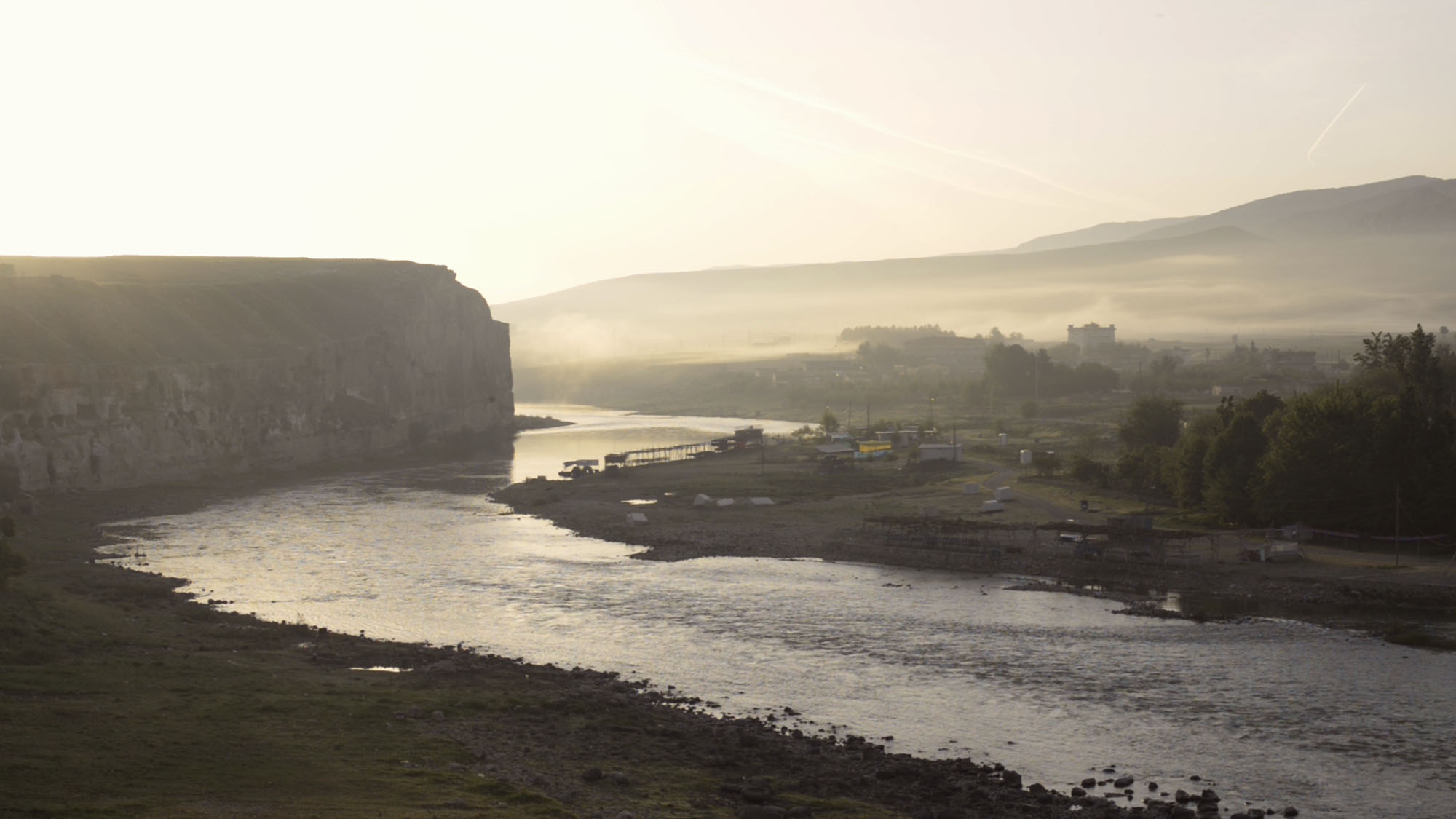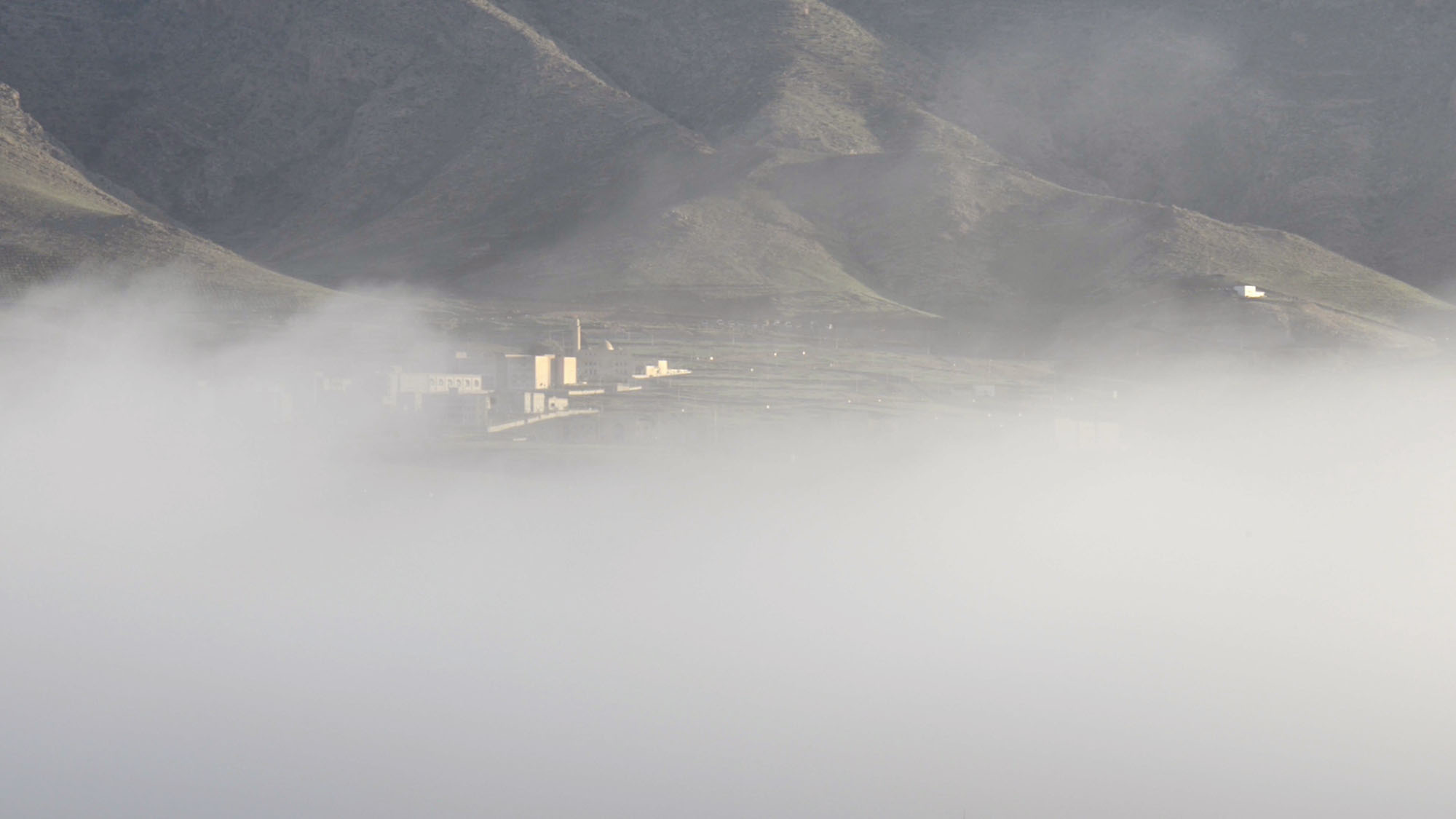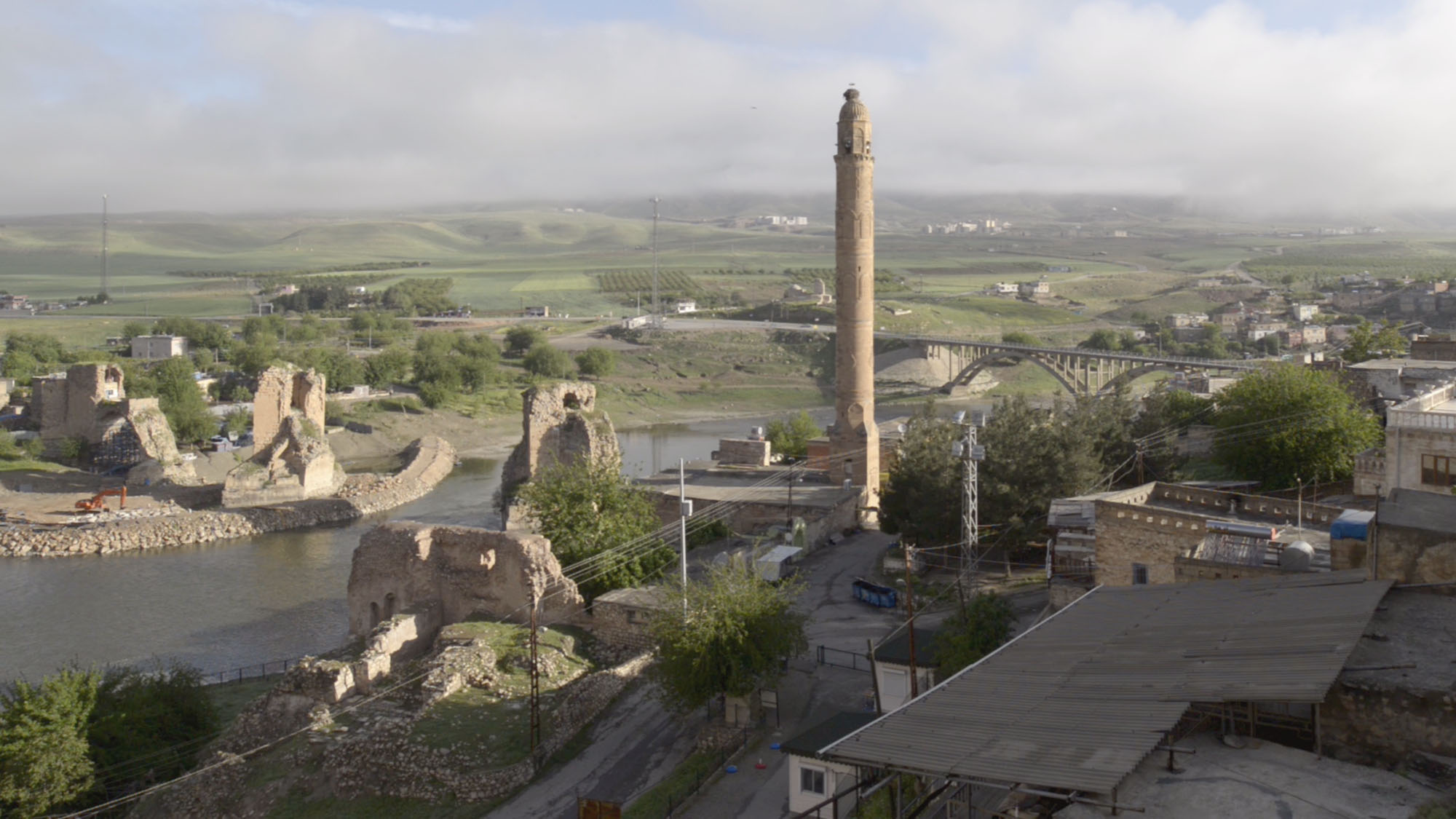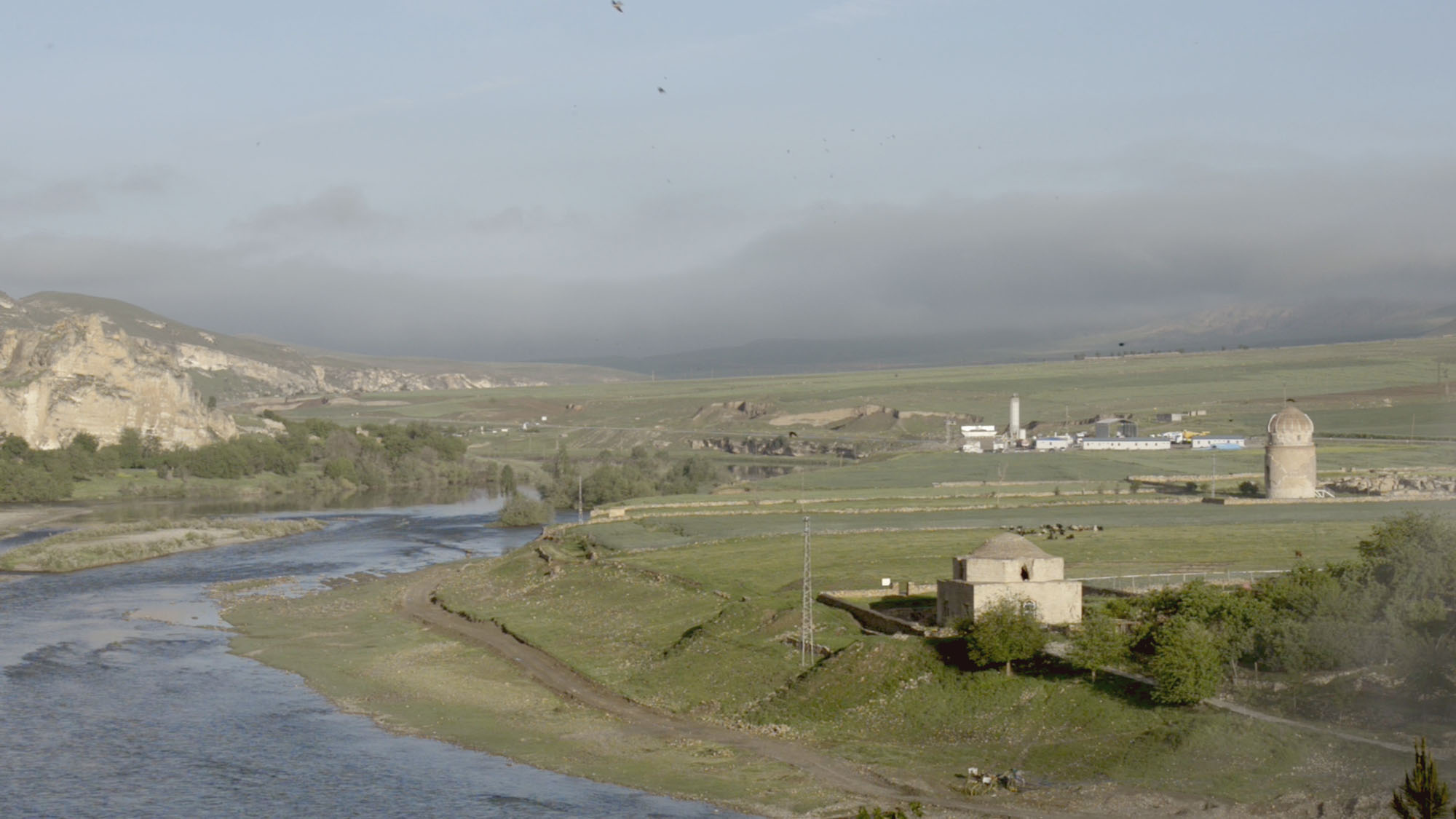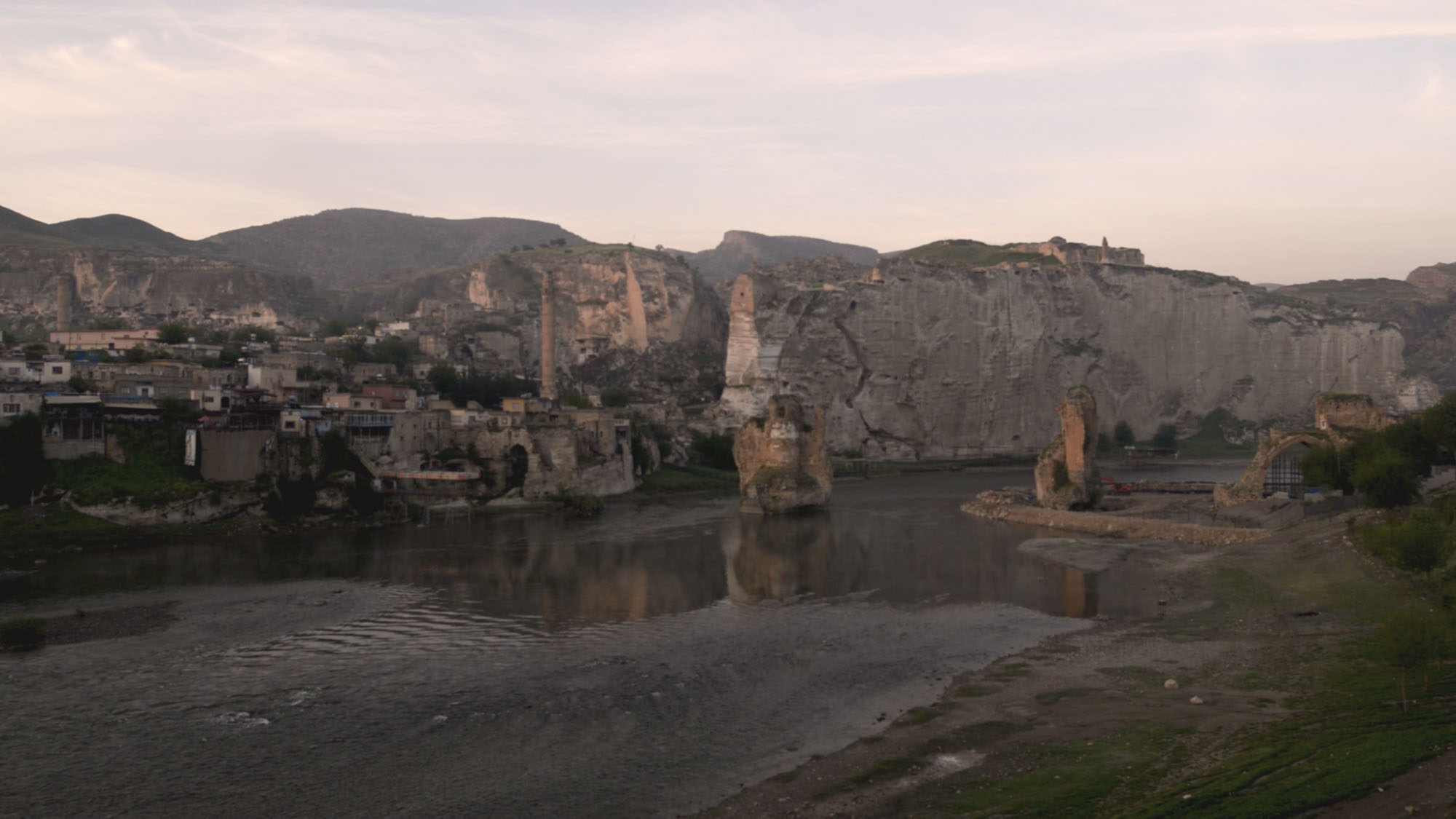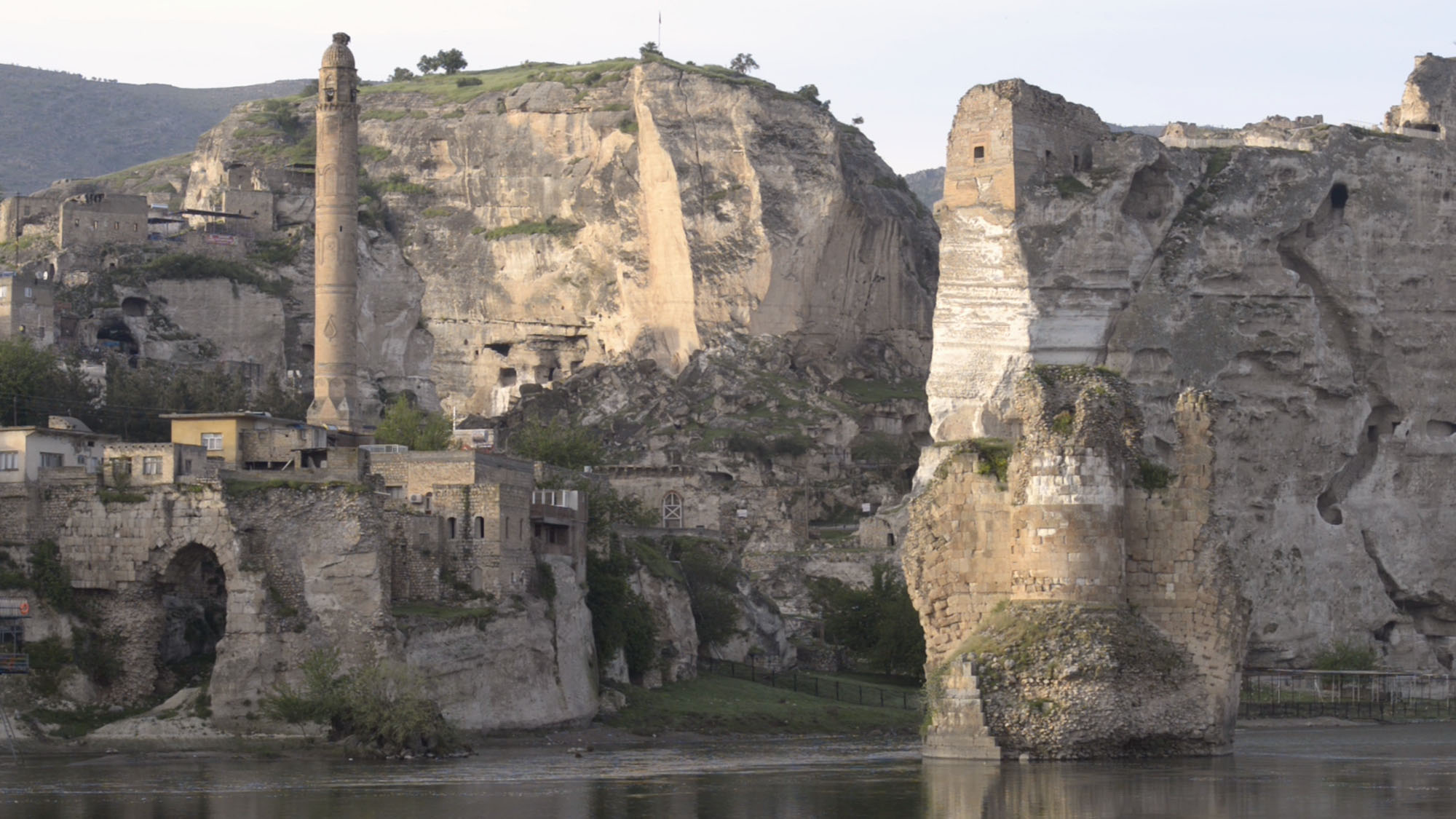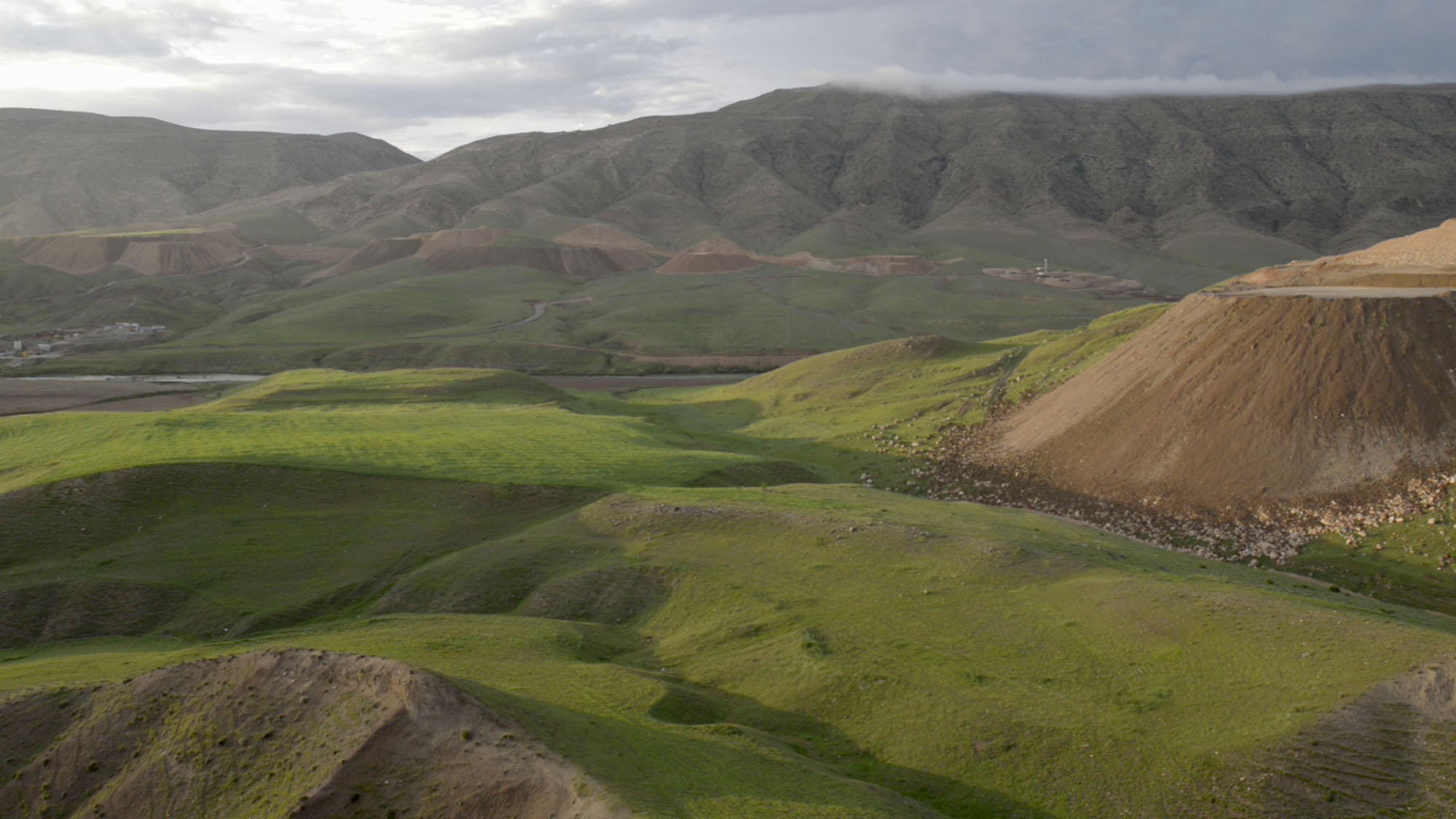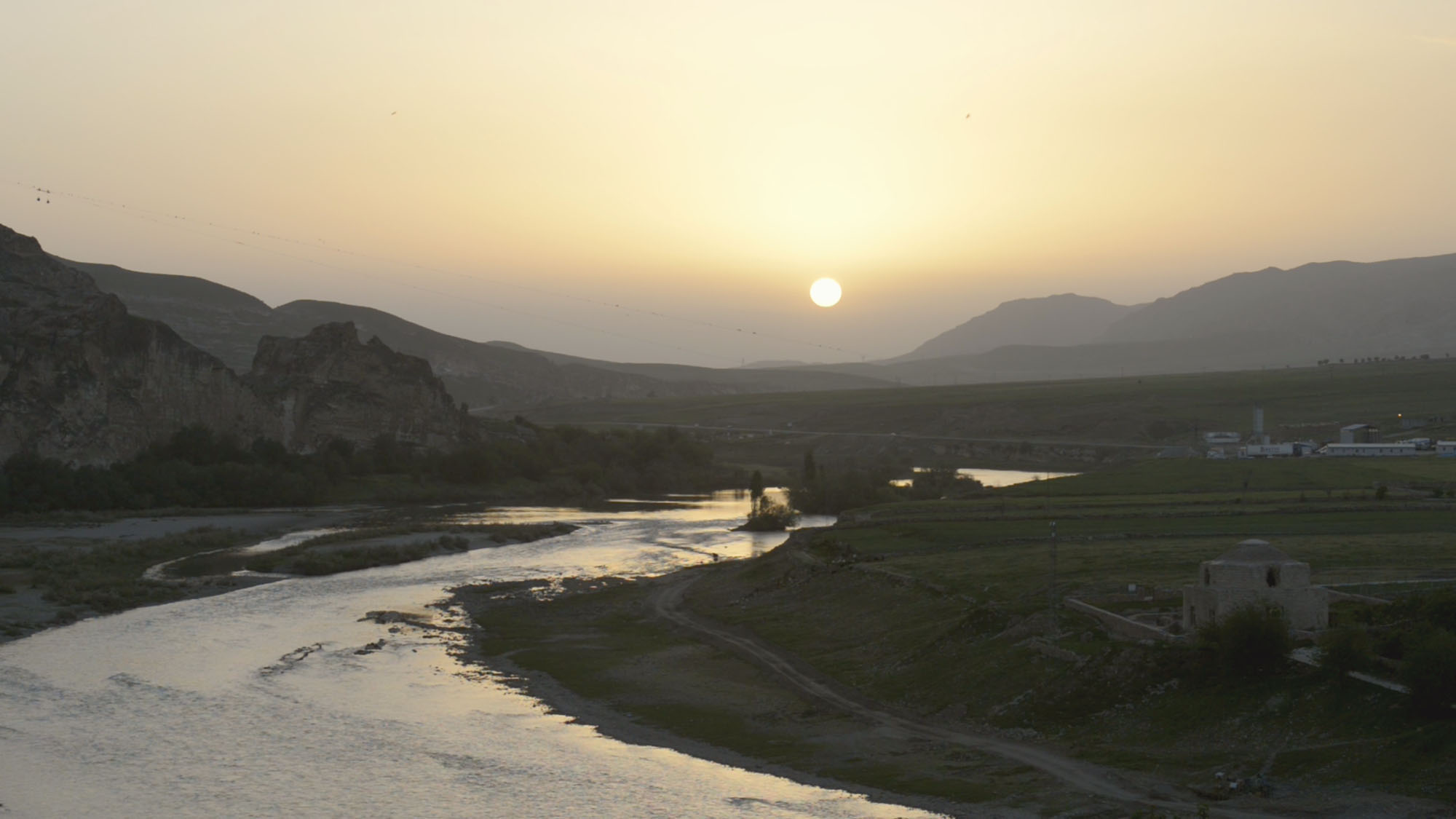A case study for DISTURBED HARMONIES [ANTHROPOCENE LANDSCAPES] about the Ilısu dam in Southeast Anatolia that eventually drowned the historical town Hasankeyf and significant parts of the Tigris valley in 2020.
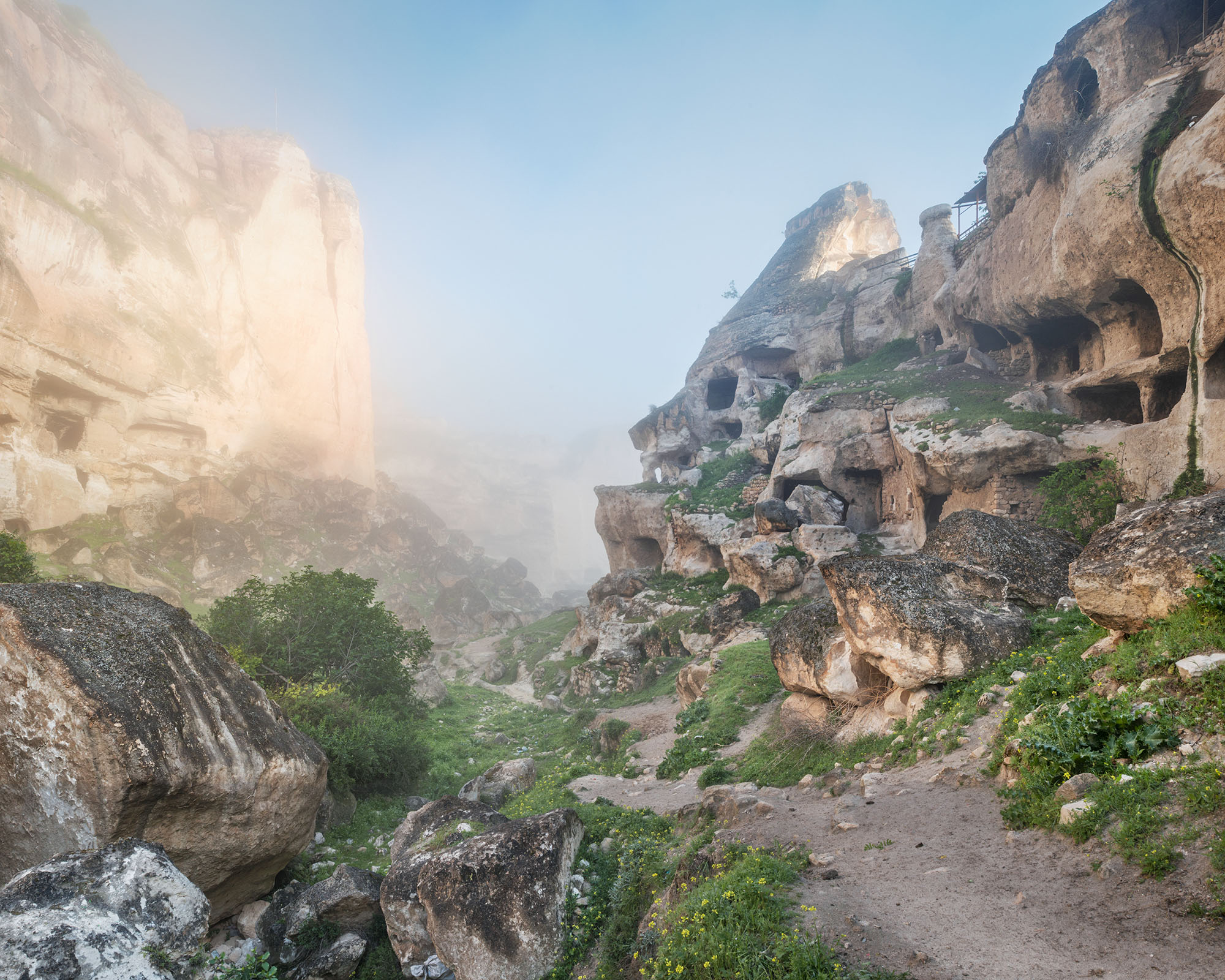
Do we build a house forever?
Do we make a home forever?
Do brothers divide an inheritance forever?
Do disputes prevail [in the land] forever?
Do rivers rise in floods forever?
Dragonflies drift downstream on a river,
their faces staring at the sun
Then suddenly there is nothing.
______________________
Benjamin R. Foster, trans.,
The Epic of Gilgamesh, Tablet X, lines 307‒314.
New York: W. W. Norton & Company, 2001, pp. 82f.
Interview with Firat A. (owner of a bed & breakfast in Hasankeyf), 2014, FullHD, 00:04:52 (excerpt)
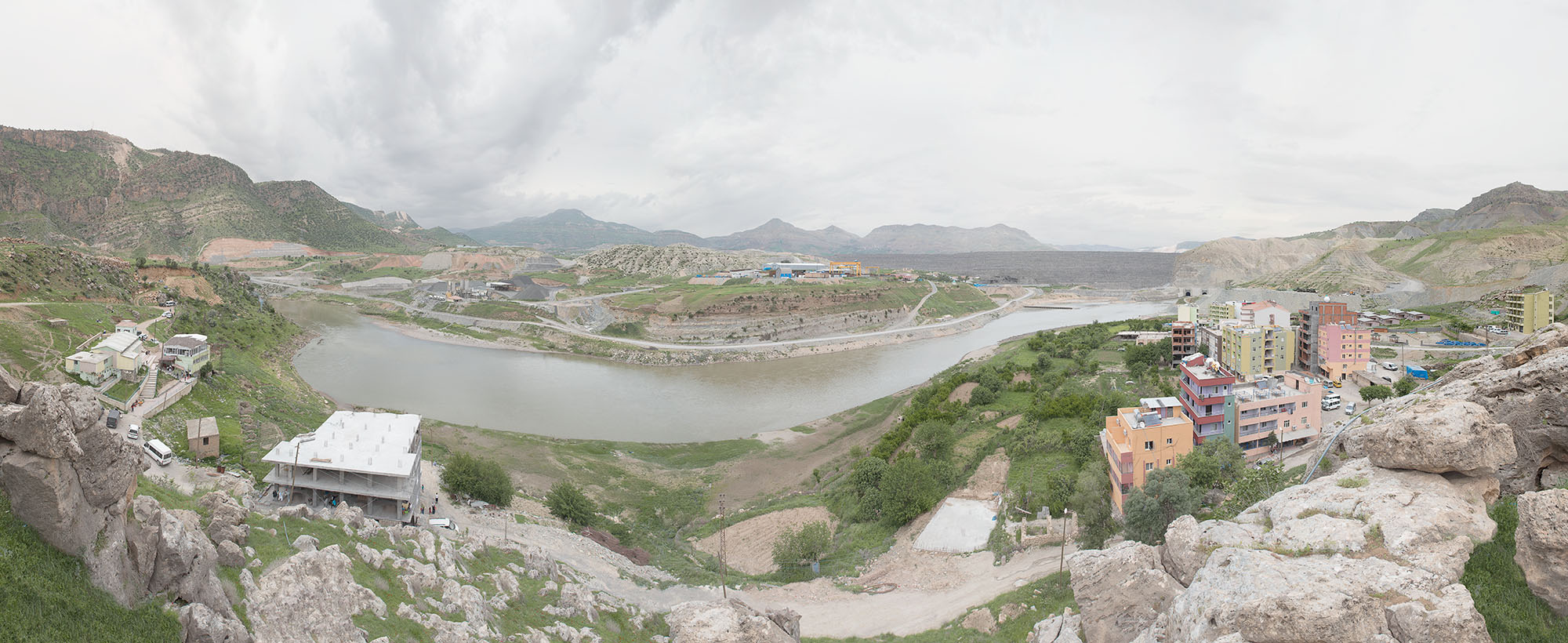
The Southeast Anatolia Project (GAP) is a scheme of more than twenty dams in the catchment area of the rivers Euphrates and Tigris. The most famous of the dams is the Atatürk dam. This case study focused on the Ilısu dam, the last unfinished facility, in 2014. Among numerous further points of criticism, the GAP caused controversy because of its geopolitical implications: the reservoirs entitle the Turkish government to control significant parts of the drinking water supply of the neighbouring countries Iraq and Syria.
Another concern was the threat to cultural heritage like the historical town Hasankey with architecture from medieval times and up to 10000-year-old cave mansions. When the Ilısu dam was finished, the small town was flooded more than 30 metres high. The reservoir’s scale can be illustrated considering that Hasankeyf was located about 70 km upstream from the dam.
The flooding of the valley had been announced and postponed repeatedly during the preceding decades. Thus, the development of the structurally weak region had been even more obstructed due to its uncertain future. At my visit in 2014, the flooding was announced for the following year, but it eventually took place in 2020.
Starting from a quotation from the Epic of Gilgamesh, the project collects photo and video footage of a town that was doomed to disappear in the near future. It is combined with takes of the Tigris valley and statements of the inhabitants about their fading hopes to be spared from expropriation and resettlement.
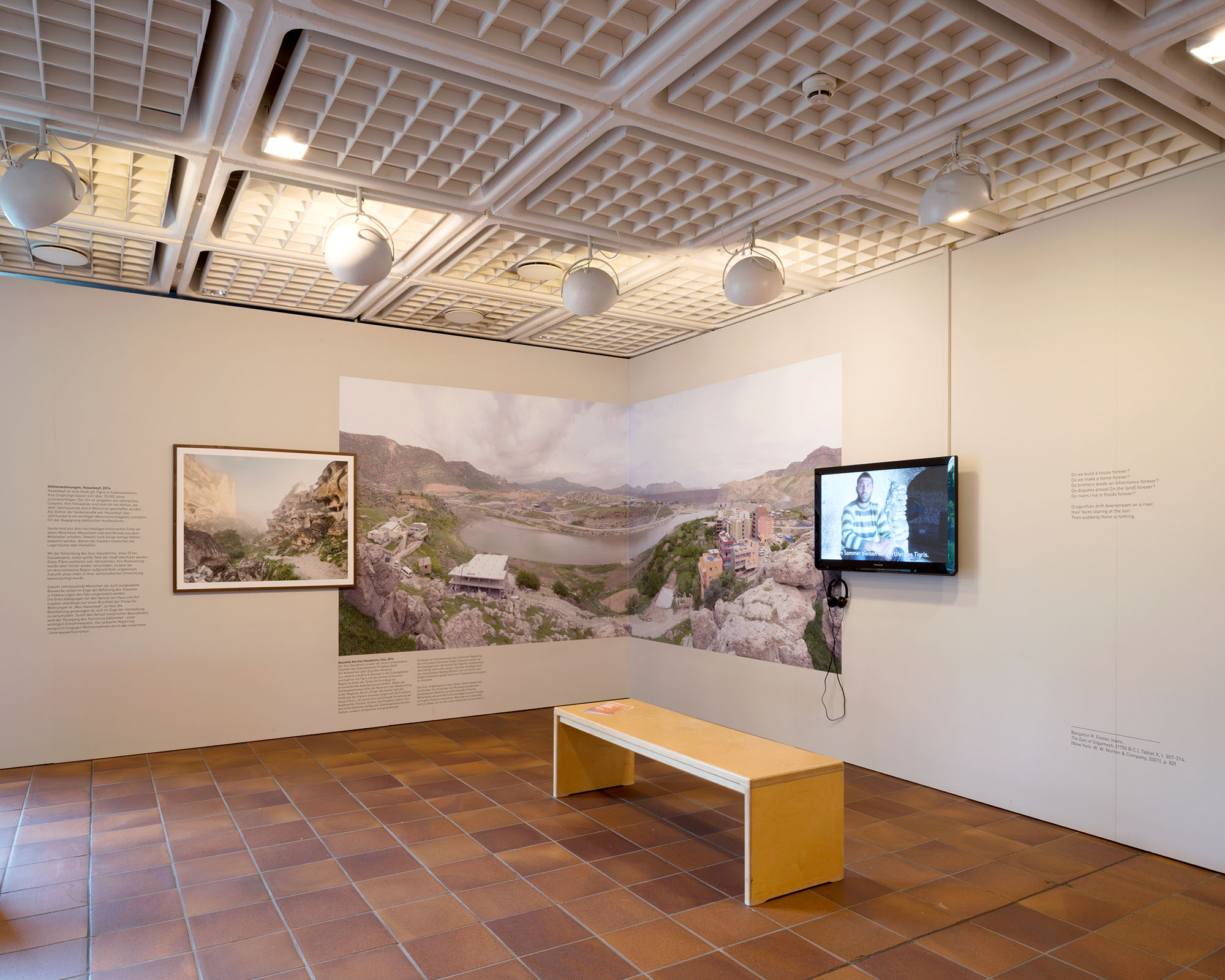
VISIT 2010 – 2015 – Stipendiaten der RWE Stiftung
Kunstmuseum Bochum
2015, June 13 – September 6
Photo wallpaper, digital c-print in a wooden frame, wall texts, artist book
Interview with Sait A. (shepherd, one of the last inhabitants of cave mansions in Hasankeyf), 2014, FullHD, 00:02:55
Axel Braun, DRAGONFLIES DRIFT DOWNSTREAM ON A RIVER, 2014 [I] (excerpt), from the FullHD video in seven chapters, 01:22:22
FullHD video in seven chapters, 1:22’: 22”
Axel Braun, DRAGONFLIES DRIFT DOWNSTREAM ON A RIVER, 2014 [VII] (excerpt) from the FullHD video in seven chapters, 01:22:22
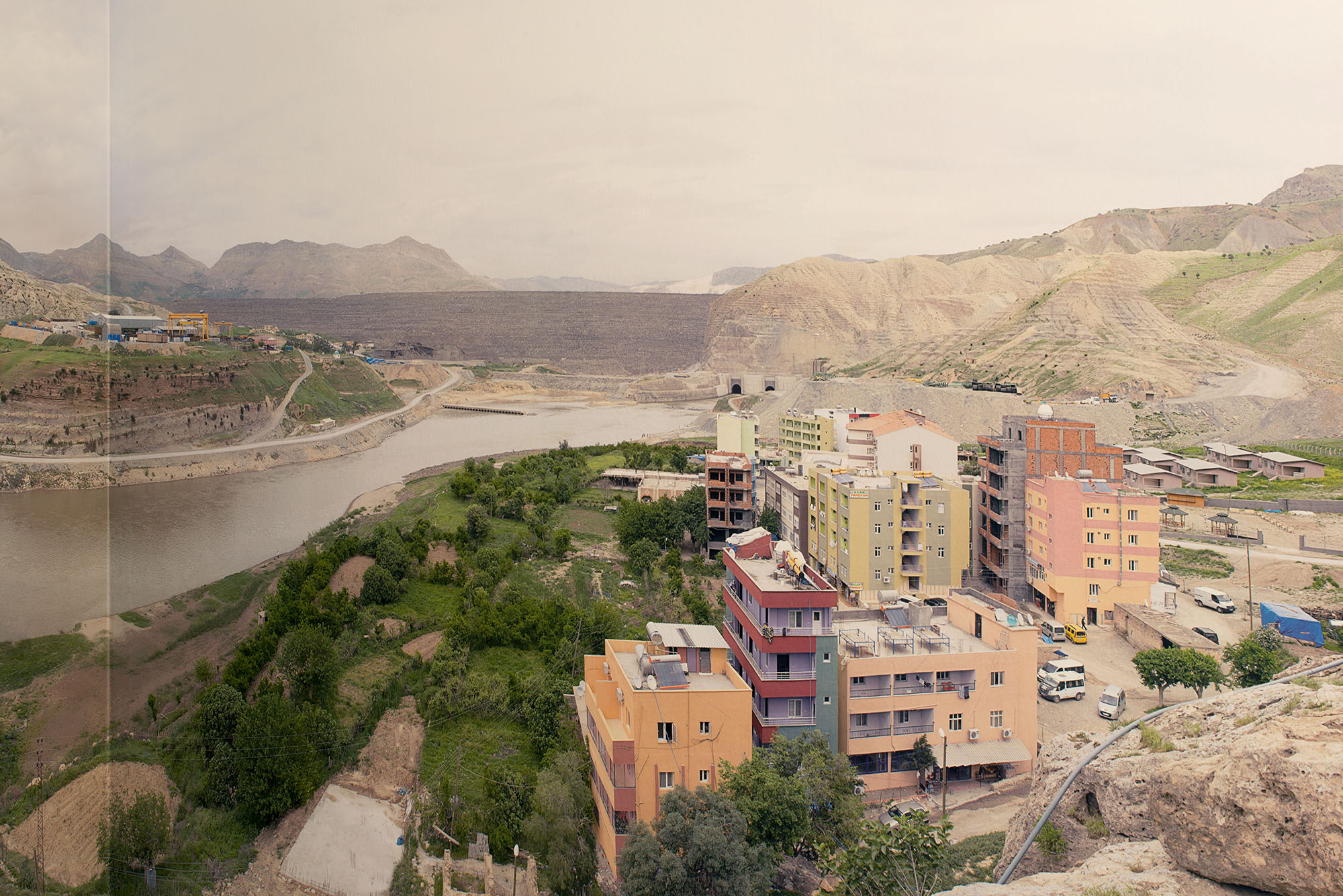
VISIT 2010 – 2015 – Stipendiaten der RWE Stiftung
Kunstmuseum Bochum
2015, June 13 – September 6

artist book, 8 pages, 16,8cm x 23,4cm, Edition: 3 + 2 e.a.
Special thanks to Fatih Kurceren who supported the project with translations and advice.
The project was supported by a step beyond travel grant from the European Cultural Foundation.


